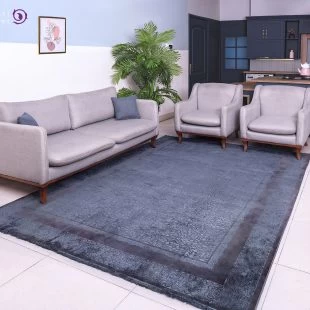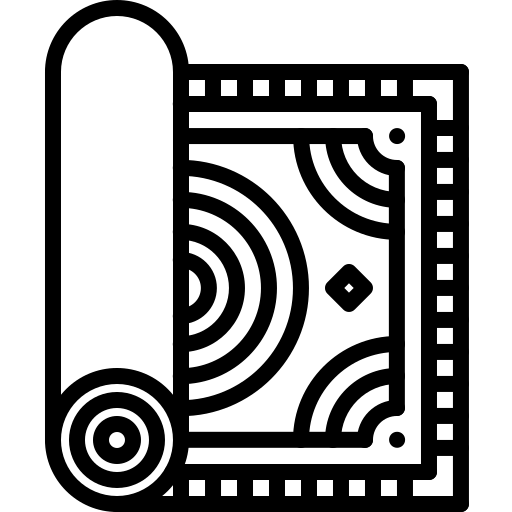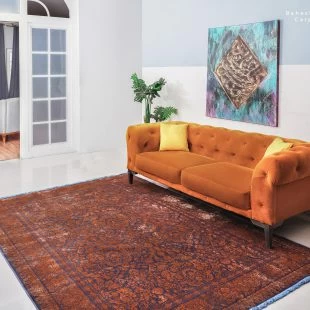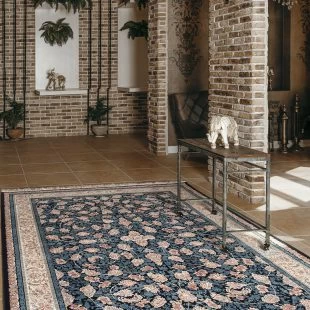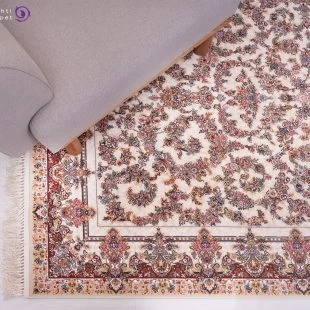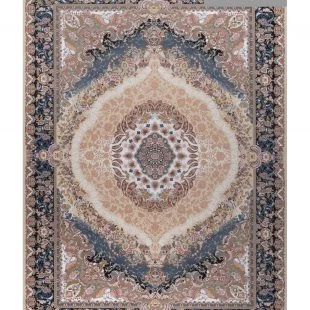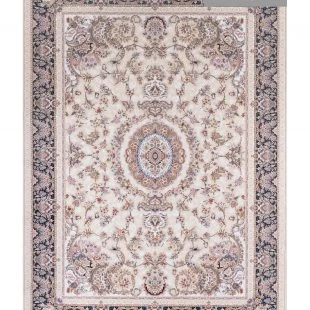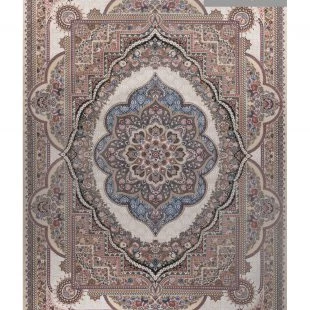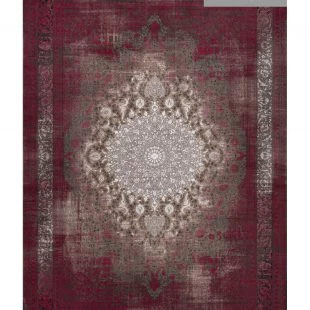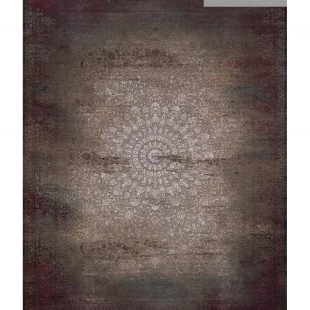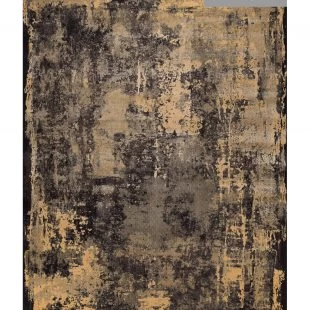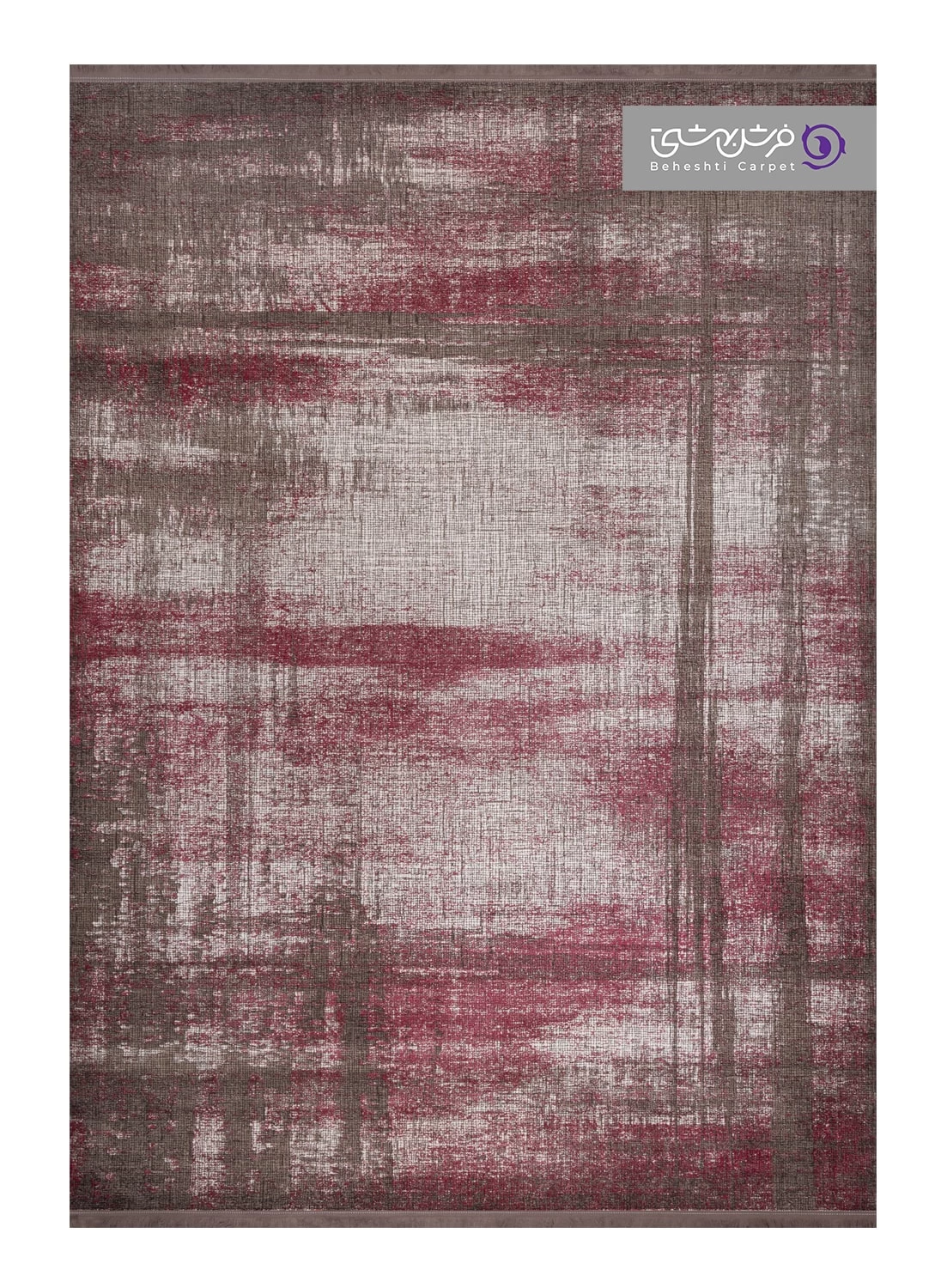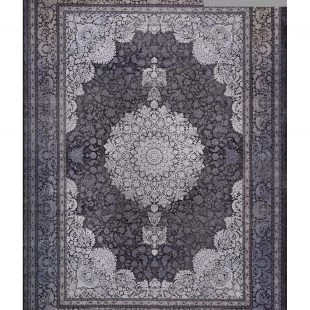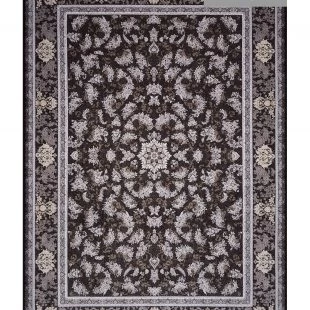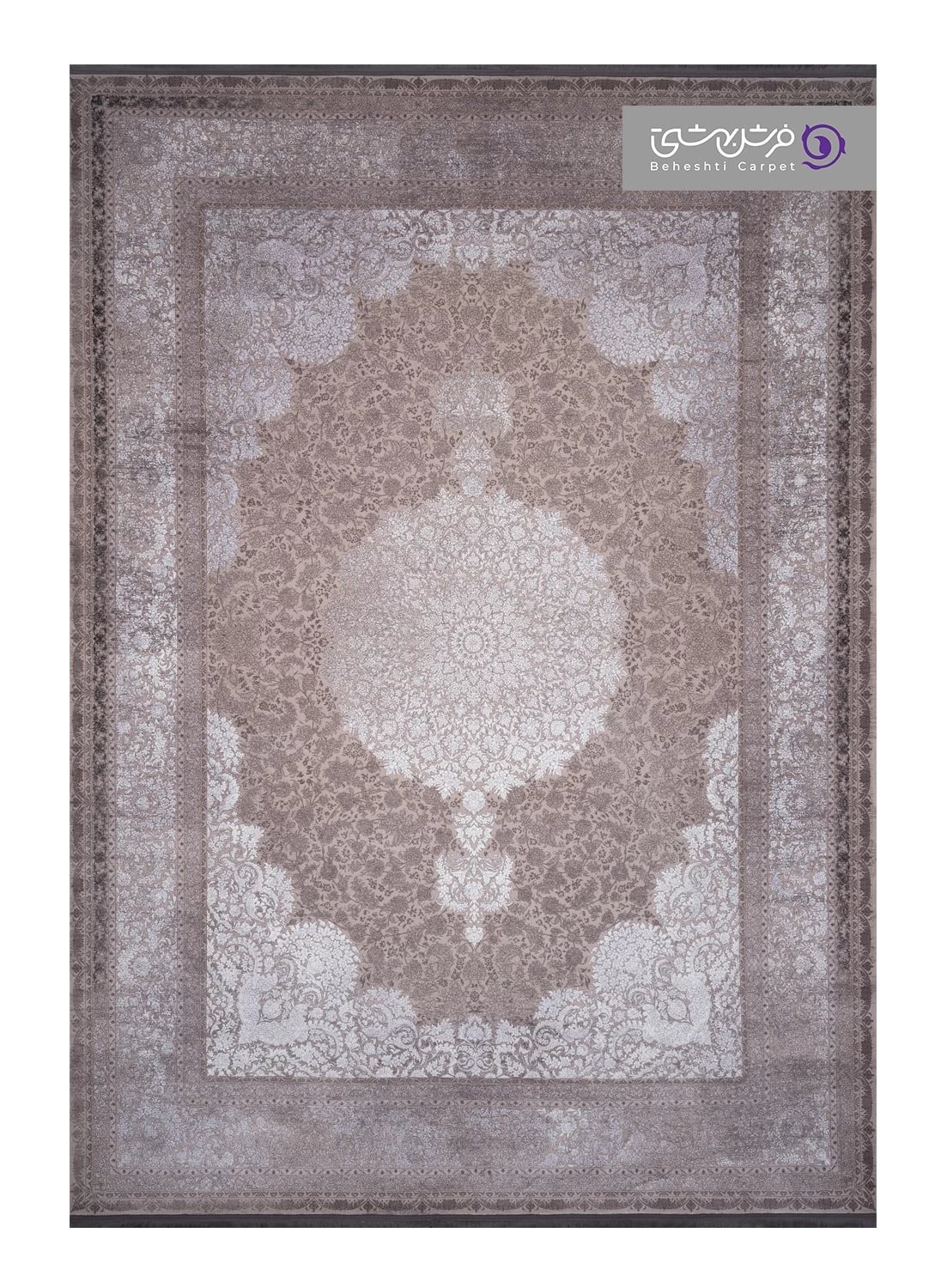Machine made carpet
Machine-made carpets, also known as power-loomed or synthetic rugs, represent a significant evolution in the carpet industry. These carpets are produced using automated weaving machines, contrasting with traditional handmade carpets. The mechanized process allows for mass production, making these carpets more widely available and affordable.
One key advantage of machine-made carpets is their consistency in design and quality. The precision of automated looms ensures uniformity in patterns and textures, meeting the demands of a diverse consumer market. Additionally, these carpets often exhibit durability, as the mechanical weaving process tightly secures the fibers.
The materials used in machine-made carpets vary, ranging from synthetic fibers like nylon and polyester to blends that offer a balance between cost and performance. This versatility allows manufacturers to cater to different preferences in terms of aesthetics, softness, and stain resistance.
The speed of production is another notable aspect. Unlike the time-intensive craftsmanship involved in handmade carpets, machines can churn out large quantities in a relatively short period. This efficiency benefits both producers and consumers, enabling a quicker turnover in styles and designs to keep up with evolving trends.
Despite the efficiency and affordability, machine-made carpets may lack the intricate details and unique character found in handmade counterparts. Artisanal rugs often boast a personal touch, reflecting the skill and creativity of the weaver. However, for those seeking a balance between cost, durability, and aesthetics, machine-made carpets stand as a practical choice.
Common synthetic fibers used in the production of these carpets include:
1. Nylon:* Known for its durability and resilience, nylon is a popular choice for machine-made carpets. It has excellent resistance to wear and abrasion, making it suitable for high-traffic areas.
2. Polyester: Polyester fibers are valued for their softness and vibrant color retention. While not as resilient as nylon, polyester carpets are often chosen for their affordability and stain resistance.
3. Polypropylene (Olefin): This synthetic fiber is resistant to moisture, mildew, and fading. Polypropylene carpets are frequently used in outdoor settings due to their water-resistant properties.

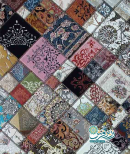
Blended materials are also common, combining different fibers to achieve a balance of qualities. For example, a blend of nylon and polypropylene might offer a carpet that combines the durability of nylon with the moisture resistance of polypropylene.
It's important to note that the choice of material influences the carpet's performance characteristics, including its resistance to stains, wear, and fading. Manufacturers often select materials based on the specific requirements of the intended use and the preferences of the target market.
Here are key differences between handmade and machine-made carpets:
1. Craftsmanship: Handmade carpets are a result of traditional craftsmanship, with skilled weavers individually knotting or weaving each strand of fiber by hand This intricate process allows for detailed and unique designs, showcasing the weaver's artistry. In contrast, machine-made carpets are produced through automated processes, lacking the personalized touch and variability found in handmade rugs.
2.Time and Labor: Handmade carpets require a significant amount of time to produce. The intricate patterns and detailed designs contribute to the labor-intensive nature of the craft. On the other hand, machine-made carpets can be manufactured at a much faster pace due to automated looms, making them more readily available and cost-effective.
3. Materials: Handmade carpets often use high-quality, natural materials such as wool, silk, or cotton. These materials contribute to the richness and texture of the carpet. In contrast, machine-made carpets commonly utilize synthetic fibers like nylon or polyester, which may lack the natural feel and individuality of handmade materials.
4.Design Consistency: Machine-made carpets offer consistent designs as a result of automated production. Each piece closely resembles the next, providing uniformity in patterns and colors. Handmade carpets, however, exhibit variations and imperfections that add to their charm. No two handmade carpets are identical, making each piece a unique work of art.
Carpets play a crucial role in home decor, contributing to both the aesthetic appeal and functional aspects of interior design. Here are key roles that carpets, whether handmade or machine-made, play in home decor:
1. Enhancing Aesthetics: Carpets are a powerful decorative element that can tie together the color scheme and style of a room. The patterns, textures, and colors of carpets can complement or contrast with other furnishings, creating a cohesive and visually pleasing atmosphere.
2. Defining Spaces: Carpets are effective in defining specific areas within a room. For example, an area rug in the living room can delineate the seating area, adding a sense of organization and purpose to the space. In bedrooms, a well-placed carpet can anchor the bed and create a cozy ambiance.
3. Adding Warmth and Comfort: Carpets provide a soft and warm underfoot sensation, making spaces more comfortable and inviting. In colder climates, carpets can also contribute to insulation, helping to maintain a warmer indoor environment.
4. Sound Absorption: Carpets absorb sound, reducing echoes and minimizing noise within a room. This is particularly beneficial in areas with hard flooring surfaces, such as wood or tile, where sound tends to bounce around.
5. Protecting Flooring: Carpets act as a protective layer for the underlying flooring, preventing scratches and damage. This is especially relevant in high-traffic areas or in homes with children and pets.
6.Expressing Personal Style: The wide variety of carpet designs, materials, and colors allows homeowners to express their personal style. Whether opting for a luxurious handmade carpet with intricate patterns or a more budget-friendly machine-made rug with a modern design, carpets contribute to the overall character of a space.
7. Seasonal Changes: Carpets can be used to adapt the decor to seasonal changes. Thicker, cozier rugs may be preferred in the colder months, while lighter, cooler options can be selected for warmer seasons.
In summary, carpets serve as versatile elements in home decor, combining aesthetic appeal with functional benefits. Whether chosen for their visual impact, comfort, or practicality, carpets play a vital role in creating a well-designed and inviting home environment.
Both handmade and machine-made carpets can offer acceptable quality, but the criteria for quality assessment differ based on the manufacturing process and the intended use.


Here's a breakdown:
1. Handmade Carpets:
- Craftsmanship: The quality of handmade carpets is often judged by the skill and artistry of the weaver. Fine craftsmanship results in well-defined patterns and precise knotting.
- Materials: High-quality natural materials such as wool or silk contribute to the overall quality of handmade carpets. The choice of materials affects durability, texture, and color retention.
-Detail and Design: The intricacy and uniqueness of designs are key factors in assessing handmade carpet quality. Fine details and a balanced composition indicate a higher level of craftsmanship.
2. Machine-made Carpets:
- Consistency: Quality in machine-made carpets is often associated with uniformity. Consistent patterns and colors across the entire production run demonstrate a well-calibrated manufacturing process.
- Materials: The choice of synthetic fibers influences the quality of machine-made carpets. High-quality synthetic materials can offer durability, stain resistance, and colorfastness.
- Durability: Machine-made carpets are often praised for their durability and resilience, making them suitable for high-traffic areas. However, the longevity also depends on the specific materials used.
Common synthetic fibers used in the production of these carpets include:


Here are key differences between handmade and machine-made carpets:
Both handmade and machine-made carpets can offer acceptable quality, but the criteria for quality assessment differ based on the manufacturing process and the intended use.


- Craftsmanship: The quality of handmade carpets is often judged by the skill and artistry of the weaver. Fine craftsmanship results in well-defined patterns and precise knotting.
- Materials: High-quality natural materials such as wool or silk contribute to the overall quality of handmade carpets. The choice of materials affects durability, texture, and color retention.
-Detail and Design: The intricacy and uniqueness of designs are key factors in assessing handmade carpet quality. Fine details and a balanced composition indicate a higher level of craftsmanship.
- Consistency: Quality in machine-made carpets is often associated with uniformity. Consistent patterns and colors across the entire production run demonstrate a well-calibrated manufacturing process.
- Materials: The choice of synthetic fibers influences the quality of machine-made carpets. High-quality synthetic materials can offer durability, stain resistance, and colorfastness.
- Durability: Machine-made carpets are often praised for their durability and resilience, making them suitable for high-traffic areas. However, the longevity also depends on the specific materials used.
FAQs
What are the best carpets made from?
Wool, silk, and high-quality synthetic fibers.
How are machine-made carpets made?
Automated weaving machines create them swiftly through programmed patterns and synthetic fibers.
Are machine-made and handmade carpets equal in quality?
No, they differ; handmade often prized for craftsmanship, while machine-made offers consistency and affordability.
Are machine-made and handmade carpets equal in price ?
No, handmade carpets are typically more expensive due to labor-intensive craftsmanship and premium materials.
 +7929688-88-14
+7929688-88-14

 English
English
 Persian
Persian
 Russian
Russian
 Chinese
Chinese


 +7929688-88-14
+7929688-88-14

